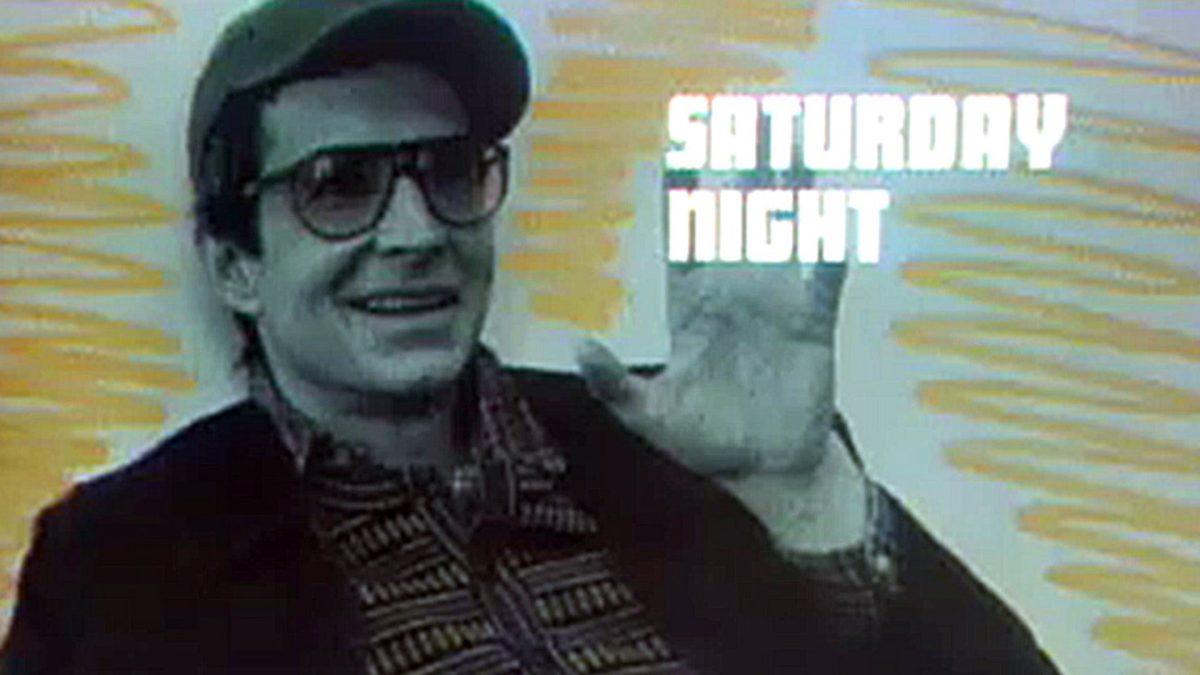Yes, I know I began this eleven-year-old show in the year 2023. I was pulled in by its charmingly attractive characters and its utter ridiculousness!.
“House, M.D.” is an American medical drama that ran between 2004 and 2012. The show centers around the series’ main character, Dr. Gregory House (Hugh Laurie), a misanthropic medical genius with a dependence on pain medication, who leads his team of diagnosticians to unveil the causes of their patient of the week’s mysterious illnesses, before it’s too late.
Dr. House’s favorite justification and catchphrase, “Everybody lies,”, is all he needs to explain why he treats his patients with a rude bedside manner and offensive disdain. He not only berates his patients, but his fellows under him as well. House always shoots down their suggestions and clashes with his team over providing the right hypothesis for his patient’s ailments. This also results in him fighting as well as flirting with his boss and the hospital administrator, Dr. Lisa Cuddy (Lisa Edelstein), who reminds him of the legal and medical consequences of his experiments in his quest to find the right answer before it is too late. However, this doesn’t mean she stops him; Without fail, Cuddy allows House to proceed with his medical malpractice and even enables his addiction to his pain medication. House possesses only one true friend, the head of Oncology, Dr. James Wilson (Robert Sean Leonard), who, for some unknown reason, sticks with House through every predicament he gets himself into. House was even the reason behind two of Wilson’s three divorces.
House gets to do what he wants and gets out of whatever trouble he is in because, despite all sorts of drawbacks like being investigated for drug abuse and the infinite amount of legal suits he deals with, he is unfortunately always right. Every episode (minus those that don’t feature the usual procedural structure) ends with House having some random epiphany, usually a throwaway line, and suddenly, he’s “That’s So Raven” and figures out the solution, regardless of whether he has evidence to prove that his patient has that particular ailment. Despite everyone’s protests to his questionable methods of gaining information on his patients, such as instructing his team to break into patients’ houses, they always follow through either to prove that he was wrong (which he never is) or because they believe he has to be onto something if it’s one of their last options in order to save their patients.
As we all know, there is no way this man would be practicing medicine in real life nor do his solutions make sense at times, even to people like myself who have no medical knowledge. A single shot of cortisol suddenly allowed the previously paralyzed man to get up from his wheelchair and have a surprise miracle? Absolutely not. But, damn, if it doesn’t make for a really good ending to an episode. “House, M.D.” is a ridiculous show, with even more ridiculous solutions, and in hindsight, problematic dialogue and decisions, but it does have its moments, with sincere discussions about disabilities, drug addiction and chronic pain. There is also depth to some of House’s relationships, especially with Wilson and Cuddy doing their best to slap him on the wrist while also putting a comforting hand on House’s shoulder. These themes, coupled with the show’s enticing outlandishness, is enough to hook a person to binge watch House, M.D. for hours at a time. I definitely recommend watching this show if that’s right up your alley, giving it a 10 out 10 in malpractice suits.










